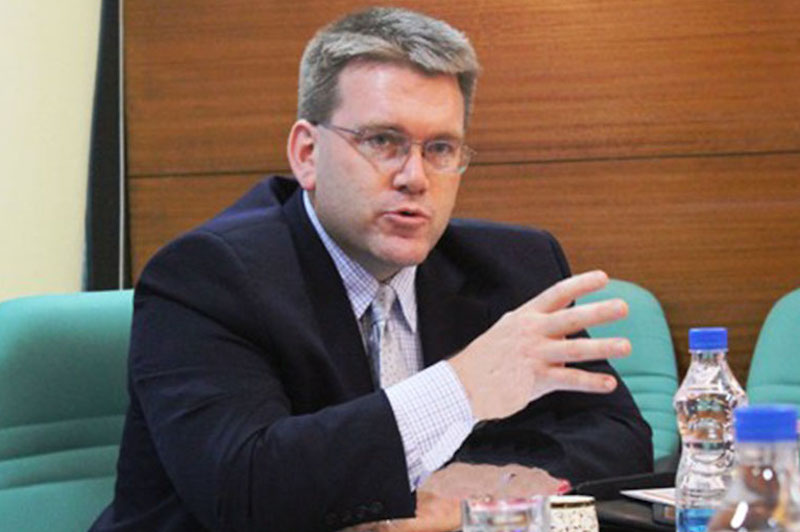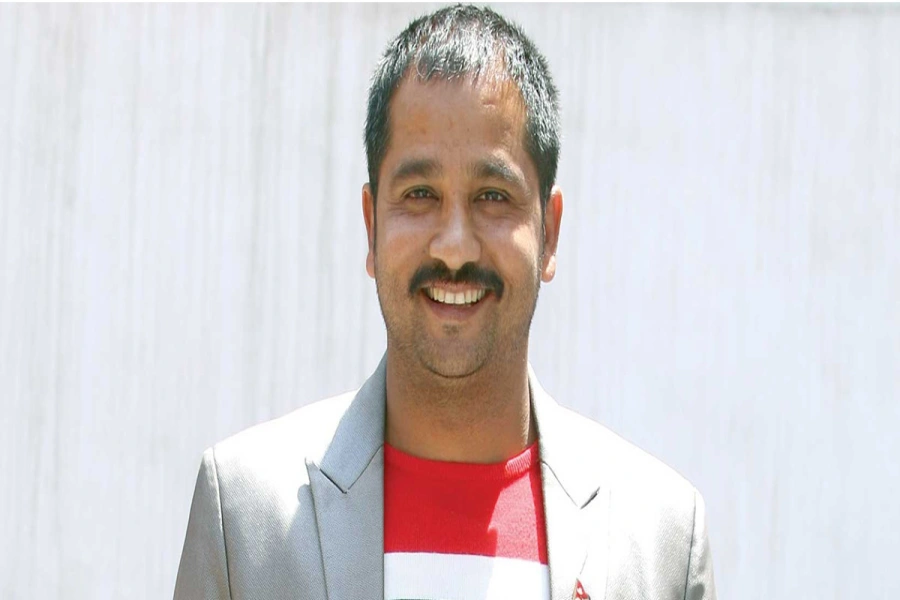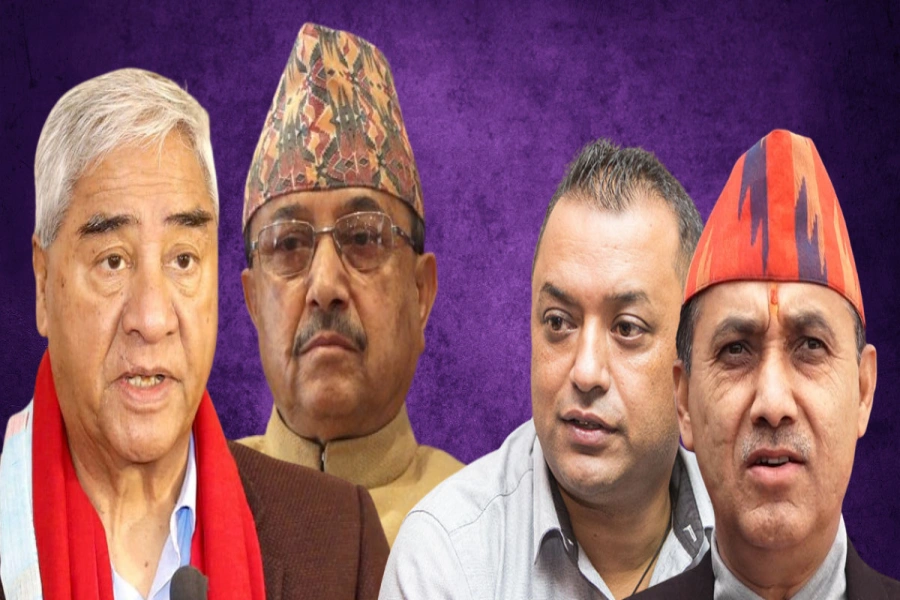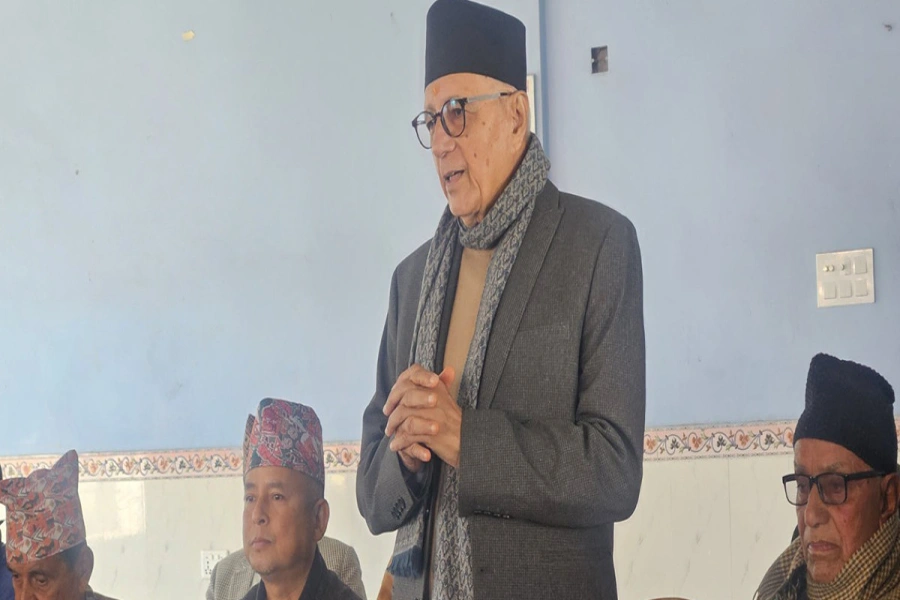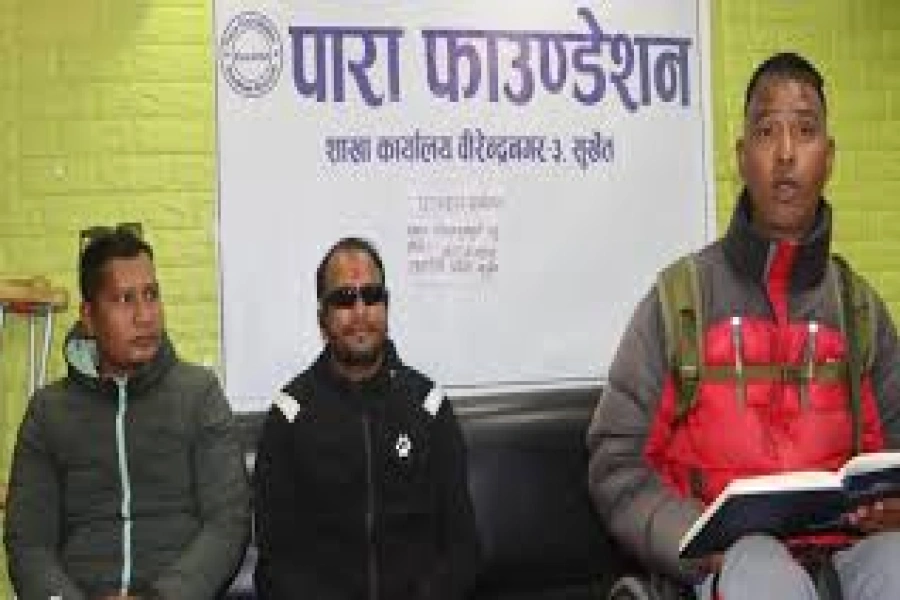KATHMANDU, Feb 5: In ancient times, when there was no legal system, the societies of Nepal were based on the belief system in the divine power, which manifested in the form of worshiping of deities and idols. Since time immemorial, Nepal has been enriched with unique cultural artifacts that reflect its history, origin, and the way of life. The cultural artifacts have been shaped with distinct characteristics of each dynasty, signifying historical achievements and the development of society.
The Lichhavi and medieval artifacts, idols, statues, manuscripts, and paintings are unique and famous worldwide. Due to its artistic uniqueness, these artifacts have been stolen time and again. There is no data about how many cultural heritages have been stolen from Nepal before 1950. However, after this cut-off date, it has been found that the theft and export of these artifacts have increased significantly. Globally, there is a belief that such idols and artifacts should be located in their original place due to the importance of the place of origin of the stolen idols and the religious and cultural beliefs of the residents.
Apart from this, various national and international laws also insist on the return of stolen art objects to the country of origin. Article 17 of the ICOM’s International Observatory of the UNESCO Convention 1970 highlights the means of prohibiting and preventing the illicit import, export, and transfer of ownership of cultural property.
As a result, the cultural heritages that were illegally exported outside Nepal have started to be returned. The process of returning lost archaeological and artistic objects from Nepal began in 1986.
Four artistic objects of deities that were stolen from Nepal in the past and reached America were returned to Nepal recently. Two Bhairabh masks made of copper metal in the 16th century, an idol of Uma Maheshwar made of stone in the 16th century, and an idol of Durga made of stone in the 17th/18th century that were stolen and taken to America were returned to Nepal and handed over to the Department of Archaeology (DoA) on January 31. With the deities back home, there remains the question of whether their security is assured against potential theft.
One after the other, in March 2023, there was a series of idol thefts in Lalitpur in an interval of 11 days. About, three antique idols of Gautam Buddha were stolen from Chapagaun, Lalitpur. These archaeologically significant Buddha idols from the 8th century were originally installed near Moti Library at the Old Bus Park in Chapagaun.
Art exhibition titled “Deities of Nepal” underway at Nepal Art...

Similarly, on September 11, 2023, three idols of Draupadi, Bhimsen, and Ganesh were stolen from the Gaya Bhindyo (Bhimsen) temple in Bhaktapur Municipality-5, Bhelukhel. The temple is one of the famous temples in Bhaktapur and a big fair is held there on the occasion of Bisket Jatra every year on April 16.
These are only a few representative cases of idols thefts that have occurred in recent days. With the success of the repatriation of the idols of deities, it poses challenges of safety and security.
Yamuna Maharjan, information officer of the National Art Museum, Bhaktapur said, “The Nepali artifacts pose a threat of being stolen due to the greed of making easy money by selling valuable artifacts that are centuries old.”
She also added that it is challenging to secure our deities due to unemployment in the country and access to the open border.
She mentioned that the value of artifacts which are repatriated has been doubled and if the security measures aren’t taken by the community and concerned authorities after reinstating them in the original place, the risk of theft still remains.
According to the Director General of DoA, Shaubhagya Pradhananga, “The efforts made to return our heritage home have spread a positive message among Nepali community.”
She added that there is inadequate security to conserve and preserve our historical and cultural artifacts due to the lack of resources and funds allocated to DoA by the Ministry of Culture, Tourism, and Civil Aviation.
She said, “There is always a threat of artifacts being stolen again due to inadequate security systems. However, the idols of deities that are returned haven’t been stolen again till date and it is due to the awareness about its importance in the community, concerns of the public and the concerned authorities.”
She stated, “The DoA will initiate the process of handing over two Bhairabh masks that were stolen from Gurkot Tole located in Bhimeshwar Municipality-2 of Dolakha on March 6, 1994, and reached the Dallas Museum of Art and Rubin Museum of Art in America through various means, and were returned back recently, only if the concerned municipality and chief district office assure of their security and agree to be accountable for those artifacts.”
She added that the statue of Uma Maheshwar that was stolen from the Ombahal, Patan between 1980 and 1990 and reached the Brooklyn Museum has been re-established in its original place.
Similarly, she mentioned, the statue of Durga that was stolen from the Hanumanghat in Bhaktapur and reached America illicitly, has been placed in its original location after the community, municipality, and district administration office assured to protect the statue.
Locals shared, “It is a joy for us to welcome and worship our deities that were stolen years back. It is not only a stone idol but our heritage and identity of our culture and lifestyle. It is connected to our religion, culture, history, identity, and spirituality. In a foreign land, these only seem to be idols of metals and stones. But we view life in these artifacts.”








